Regional History Museum – Veliko Tarnovo showed the latest archaeological finds from a Roman necropolis
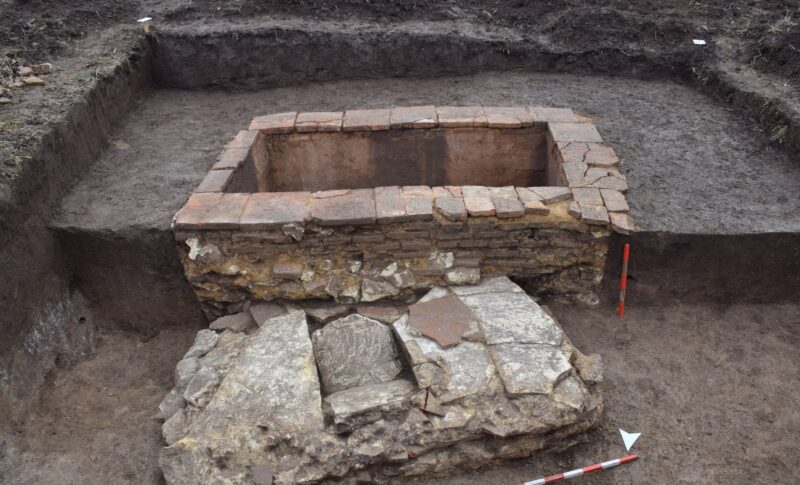
One of the interesting Veliko Tarnovo news is that the most valuable finds from the rich necropolis from the Roman era were presented to the media in the old capital. The necropolis was discovered at the end of last year near the village of Nova Varbovka, Strazhitsa.
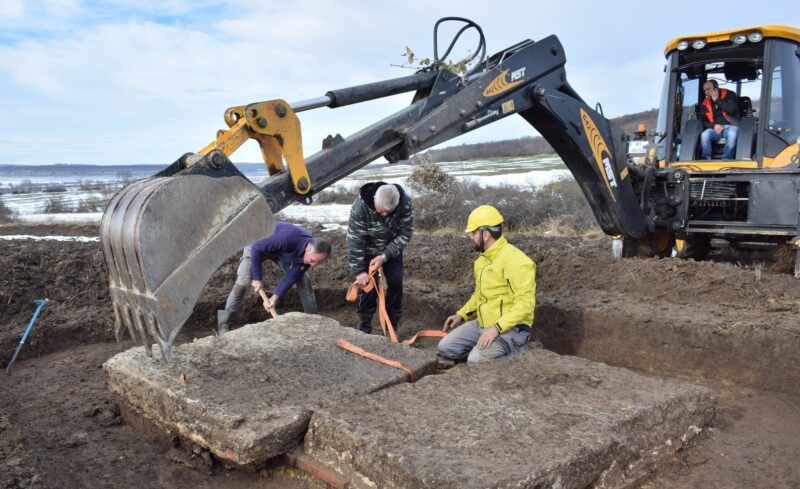
The necropolis was discovered by a local farmer at the end of November during autumn plowing. When his tractor plow hit a large limestone slab and in the hole he saw human bones. The farmer notified the mayor of the village and the police. They called the archaeologist from the regional historical museum in Veliko Tarnovo, Nedko Elenski, to the spot. And it was established that it was an ancient grave. Month-long rescue archeological research followed in severe weather conditions and amid abundant December mud. In the course of the work, archaeologists Nedko Elenski, Kalin Chakarov and Mihaela Tomanova discovered a second, earlier grave.
What the archeologists discovered
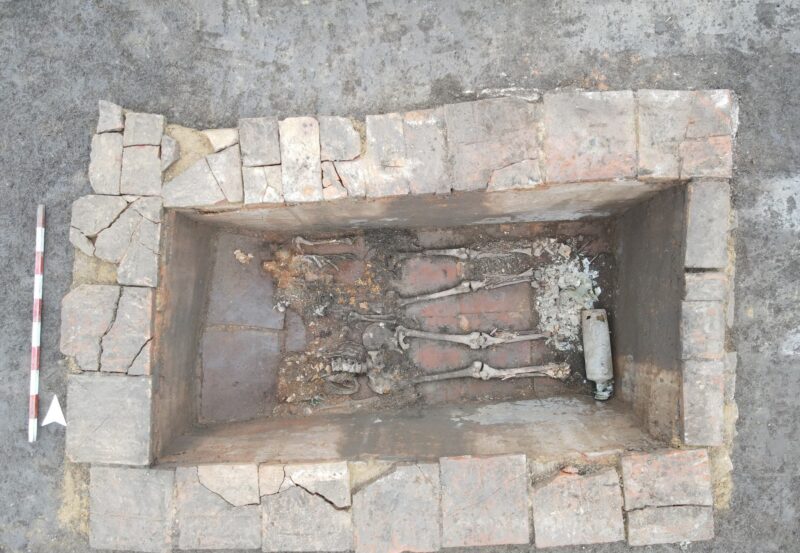
The two facilities were built of brick, stone and mortar, and were topped with limestone slabs, the plastered joints of which sealed the interior of the graves almost hermetically. The walls are plastered with fine mortar plaster, and one has a kind of brick cushion on the floor. On the later grave is a ritually smashed ceramic wine amphora.
The anthropological analysis of Ch. assistant professor Dr. Nadezhda Atanasova from the Institute of Experimental Morphology, Pathology and Anthropology with a Museum (IEMPAM) at the BAS shows that in the earlier grave a child who died at the age of 2-3 was buried, and in the later one a man and woman, 50-60 years old and 45-49 years old, respectively. Archaeologists assume that those buried in the necropolis are Asia Minor settlers in this area. Asia Minor is a province of Lower Mysia, located between the ancient cities of Nicopolis ad Istrum and Marcianopolis. The unearthed finds date the necropolis to the first half of the 3rd century AD. It is probably a sad family story where a man and woman bury their infant child. And later they are buried in a separate grave in the same place.
The valuable possessions in the graves
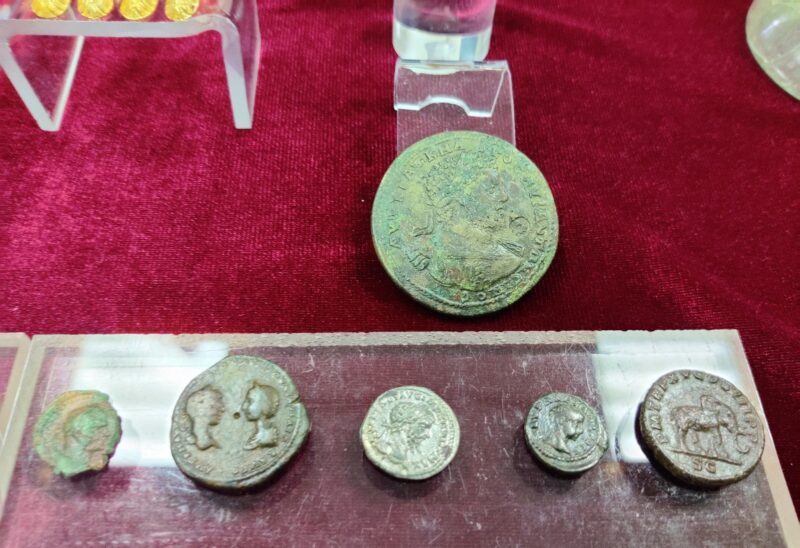
Around the remains of the buried, the expedition found abundant grave goods. Some of them are exquisite gold earrings, bronze and silver coins, necklaces of glass beads, a bronze fibula with solid silver plating, an ornament of copper applications with gilding, a ceramic lamp, a ceramic wine amphora, glass vessels, etc. . In the late grave, next to the woman’s feet, a badly decomposed leather shoe was discovered. A silver coin (denarius) minted in the Asia Minor city of Laodicea (d. in Turkey). It’s dated during the time of the founder of the Northern dynasty – Emperor Septimius Severus. A bronze coin of the city of Marcianopol (currently in the city of Devnia), minted in 221-222. It was with the face of the recently proclaimed Caesar, the future emperor Severus Alexander, originated from the same facility.
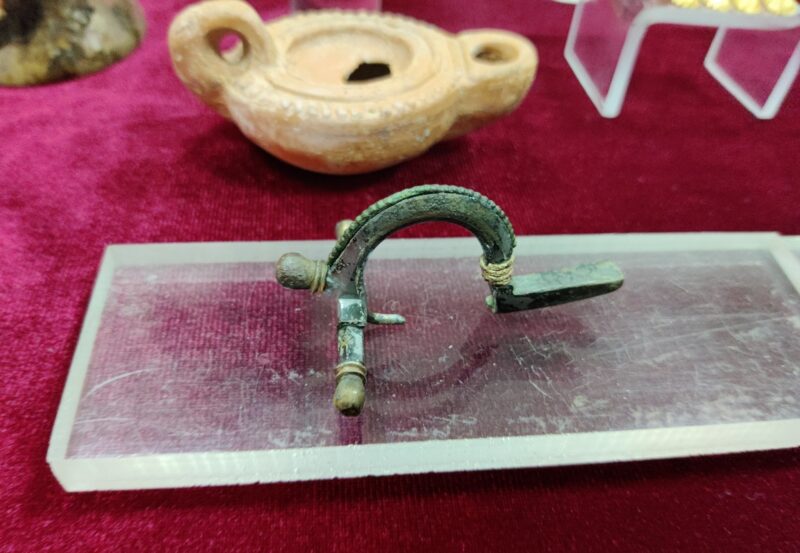
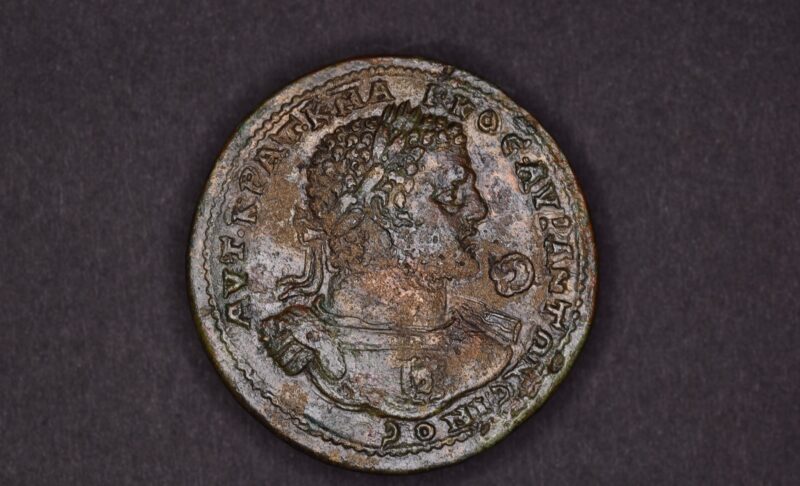
One of the most impressive finds in the children’s grave is a bronze medallion of Emperor Caracalla (211 – 217), struck in the Asia Minor city of Pergamum (now in Turkey) as a result of his visit there in 214. On the reverse side of the medallion is depicted a scene from the solemn procession of the ruler. In which he stands before the god of medicine Asclepius. From whom he seeks healing for his mental and physical torments.
For more interesting Veliko Tarnovo news follow our blog.

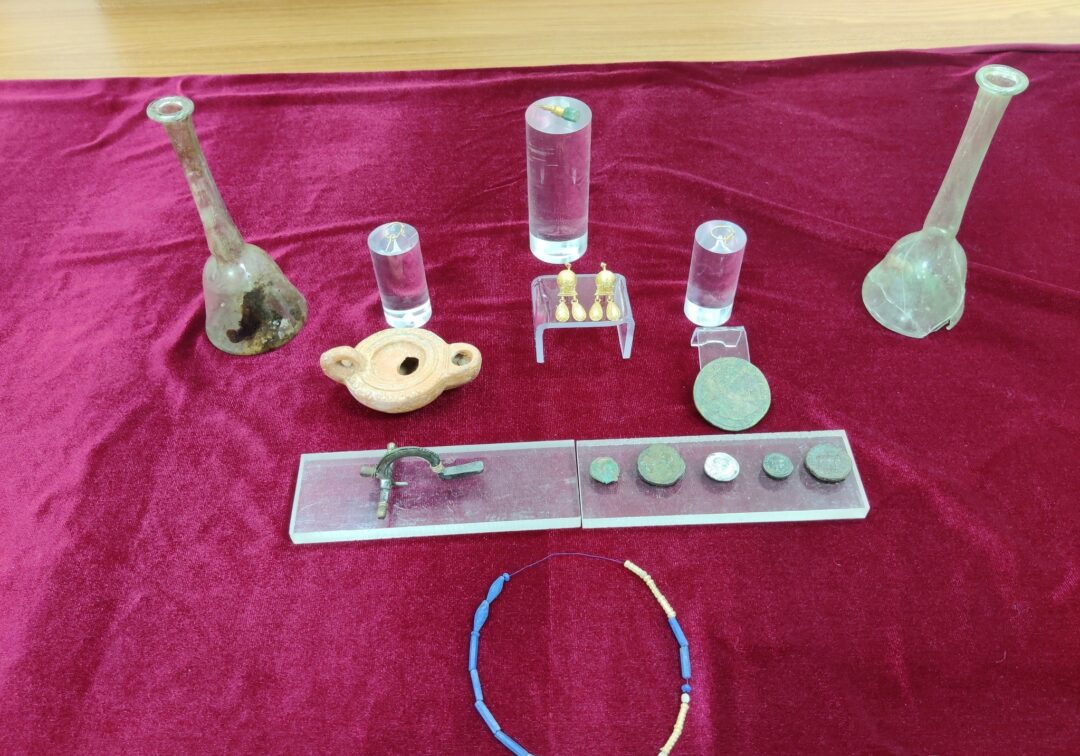
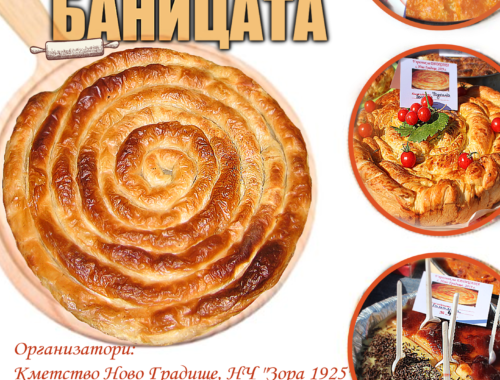
No Comments